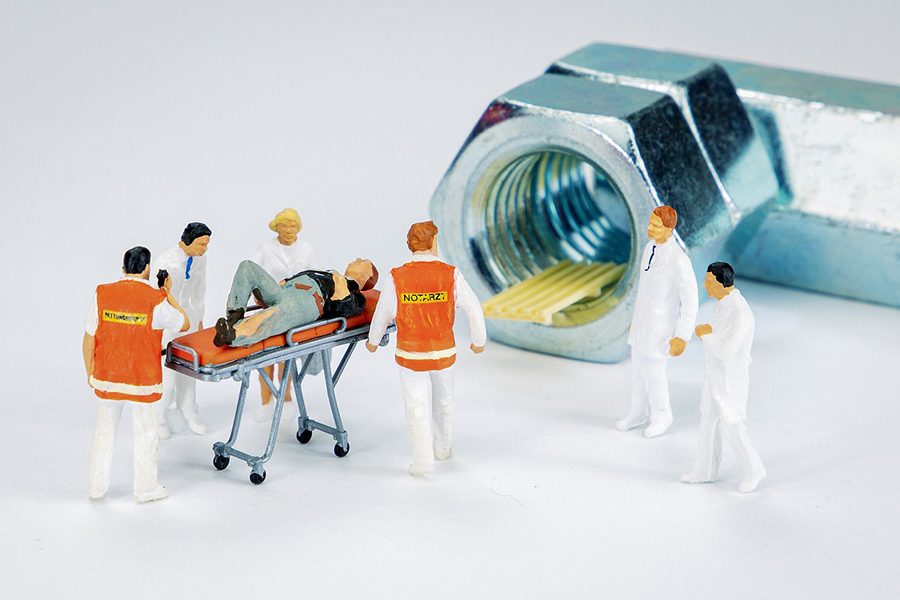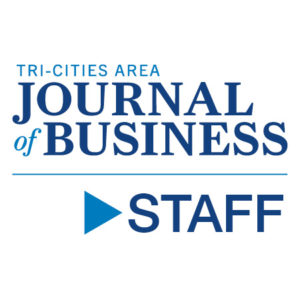
Home » State proposes 4.9% workers’ comp increase next year
State proposes 4.9% workers’ comp increase next year

October 11, 2023
The state Department of Labor & Industries is proposing a 4.9% increase in the average hourly rate employers and workers will pay for workers’ compensation insurance next year.
If adopted, the increase would mean employers and workers on average would jointly pay an additional $65 a year for each full-time employee within a business.
“With help from our reserves, we’re finding a balance between charging enough to cover costs and keeping rates steady and predictable, as Washington employers deal with economic uncertainty and lingering impacts of the pandemic,” said L&I Director Joel Sacks in a statement.
The proposed increase is below what L&I expects to pay for 2024 claims, so the agency will augment the premiums with funds from the workers’ compensation contingency reserve.
A typical worker will continue to pay about a quarter of the premium, similar to 2023, the agency said in a release. The proposed increase means employees would pay about $11 more on average in 2024.
In part, the rate increase is needed because Washington has had higher-than-normal increases in the state’s average wage in recent years, the agency said.
“It’s good for workers that wages are rising, but that means the cost of replacing wages when a worker gets hurt goes up too,” Sacks said in the release. “Our workers’ compensation state fund investments are performing well, so we’re able to use the returns to help cover costs again this year instead of passing it on to employers.”
The Association of Washington Business denounced the proposed increase as the state is already an expensive place to do business.
“Keep in mind this is an average rate increase across industry sectors. For some businesses, the increase will be as high as 20% while others may get no increase,” said AWB President Kris Johnson in a statement.
“(The proposal) may seem like a small increase when viewed alone, but it follows multiple years of rate hikes. Over the last two years, workers’ comp rates have increased nearly 10% in Washington while other states continue to lower their rates,” he said.
Johnson pointed out the increase comes on top of other cost pressures, including unemployment insurance, paid family and medical leave and the nation’s highest workers’ compensation benefits paid.
“These all add up. We’re disappointed that Washington once again missed an opportunity to lower costs for employers and to help them navigate this challenging economy,” he said.
Local News
KEYWORDS october 2023





